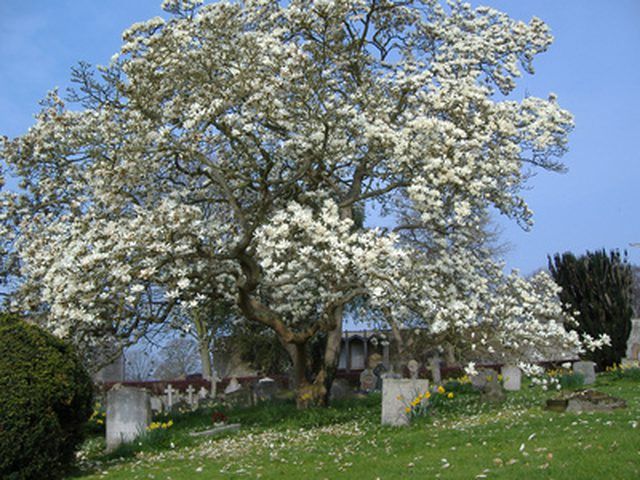Bulbs
Flower Basics
Flower Beds & Specialty Gardens
Flower Garden
Garden Furniture
Garden Gnomes
Garden Seeds
Garden Sheds
Garden Statues
Garden Tools & Supplies
Gardening Basics
Green & Organic
Groundcovers & Vines
Growing Annuals
Growing Basil
Growing Beans
Growing Berries
Growing Blueberries
Growing Cactus
Growing Corn
Growing Cotton
Growing Edibles
Growing Flowers
Growing Garlic
Growing Grapes
Growing Grass
Growing Herbs
Growing Jasmine
Growing Mint
Growing Mushrooms
Orchids
Growing Peanuts
Growing Perennials
Growing Plants
Growing Rosemary
Growing Roses
Growing Strawberries
Growing Sunflowers
Growing Thyme
Growing Tomatoes
Growing Tulips
Growing Vegetables
Herb Basics
Herb Garden
Indoor Growing
Landscaping Basics
Landscaping Patios
Landscaping Plants
Landscaping Shrubs
Landscaping Trees
Landscaping Walks & Pathways
Lawn Basics
Lawn Maintenance
Lawn Mowers
Lawn Ornaments
Lawn Planting
Lawn Tools
Outdoor Growing
Overall Landscape Planning
Pests, Weeds & Problems
Plant Basics
Rock Garden
Rose Garden
Shrubs
Soil
Specialty Gardens
Trees
Vegetable Garden
Yard Maintenance
How to Get Rid of Black Mold on a Magnolia Tree
How to Get Rid of Black Mold on a Magnolia Tree. Black mold, or sooty mold, causes aesthetic problems for magnolia trees but does not hurt their growth. This fungal growth is caused by a sucking insect infestation, which leaves a sugary substance called honeydew on the leaves and bark of trees. Honeydew provides a hospitable environment for mold...

Black mold, or sooty mold, causes aesthetic problems for magnolia trees but does not hurt their growth. This fungal growth is caused by a sucking insect infestation, which leaves a sugary substance called honeydew on the leaves and bark of trees. Honeydew provides a hospitable environment for mold growth, especially if humidity levels are high. By removing the insect infestation, you can control the fungus and get rid of the black mold that is ruining the look of your magnolia tree.
Things You'll Need
Garden hose
Detergent
Spray bottle
Pesticide
Bypass shears
Lopping shears
Pruning saw
Inspect your magnolia tree for sooty mold. Sooty mold causes a velvety growth on leaves and bark. Look for sucking insects like aphids, mealybugs, soft scales, leafhoppers, whiteflies and psyllids. Check the tree above the infected tree, because the honeydew can drip onto the tree or vegetation underneath. You may also see ants crawling on the tree, because they are attracted to the honeydew.
Spray the tree in the mid-morning with a garden hose to dislodge some of the black mold and remove the bugs. By spraying in the morning, you give your tree time to dry before nightfall. Wet leaves can encourage other fungal growth.
Dilute 1 tsp. of detergent with 1 gallon of water. Spray the tree with the solution. The detergent is able to dry out many types of insects that have a waxy covering.
If insects still exist on your magnolia tree, apply a pesticide that is chemically formulated to kill the insects. Follow the pesticide directions and spray the entire tree. Repeat the process in a couple of weeks.
Prune any heavily damaged areas of your tree. Use bypass shears, lopping shears and a pruning saw. Cut to a healthy, outward-growing portion of the tree.